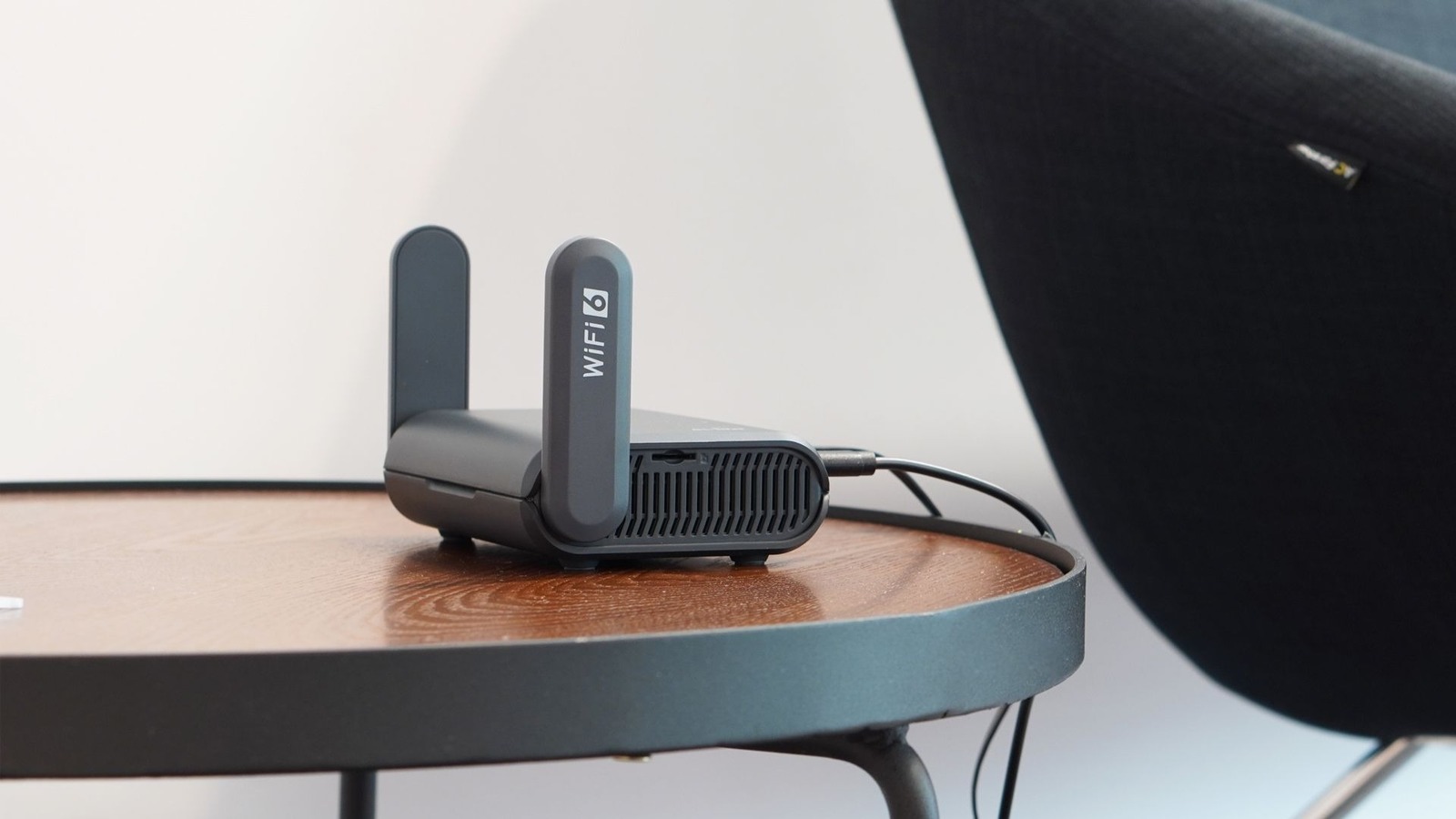7 Wireless Travel Routers That Will Keep You Connected On The Go – SlashGear

Doing a quick search for “wireless travel routers” populates a ton of results. Some are super affordable, while others seem ridiculously expensive. How can wireless travel routers differ so much in price? Well, it all comes down to what each travel router is offering in terms of its technical specifications and features.
When you’re looking to buy a travel router, you’ll want to pay attention to the Wi-Fi standard and frequency bands it supports, available ports, and overall battery power, if any. It’s also important to see what the travel router offers in terms of security and privacy, as well as whether you can use it when you’re at home and not traveling.
The latest, fastest Wi-Fi standard is Wi-Fi 6 (also referred to as 802.11ax), but you’ll pay a pretty penny for a travel router that supports Wi-Fi 6. Stepping down to Wi-Fi 5 is perfectly fine, and even dropping to Wi-Fi 4 isn’t too bad for basic internet needs. Then, many travel routers only offer a single 2.4 GHz band, but it’s better to invest in one that has at least a single 5 GHz band or a dual-band setup, with one 2.4 GHz band and one 5 GHz band.
As far as ports go, just make sure there are enough ports to satisfy your specific needs. You’ll often find Ethernet ports or USB ports on a travel router, but it’s up to you to decide how many you need for your devices.
Then, many wireless travel routers don’t run off battery power. Instead, you need to plug it in via a power adapter or through a USB port on your laptop. If you can afford a travel router that doubles as a portable power bank, it’s the smarter option, especially when smartphones always seem to be close to running out of battery while traveling.
For all the latest Gaming News Click Here
For the latest news and updates, follow us on Google News.

